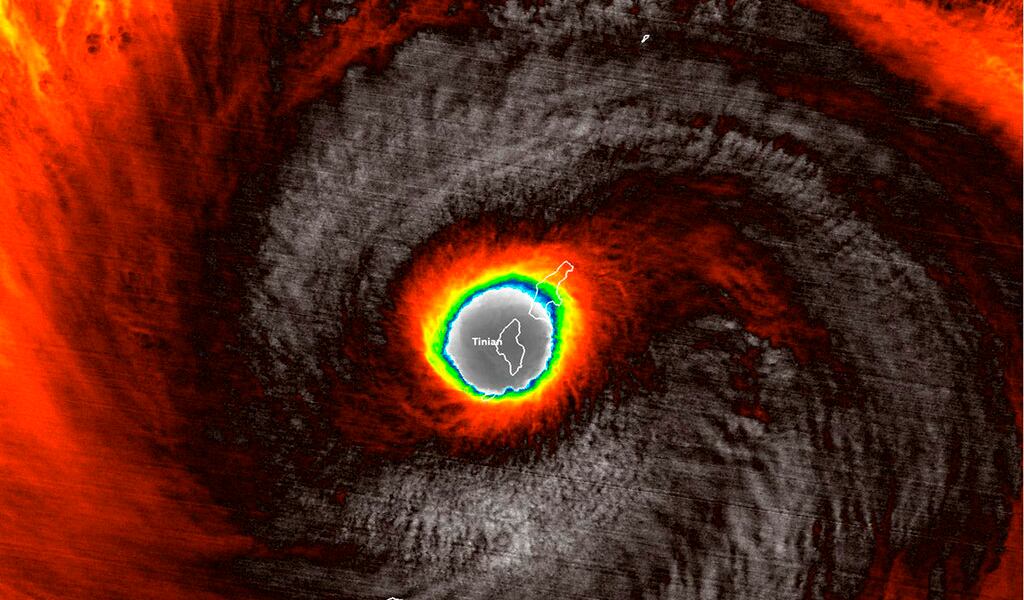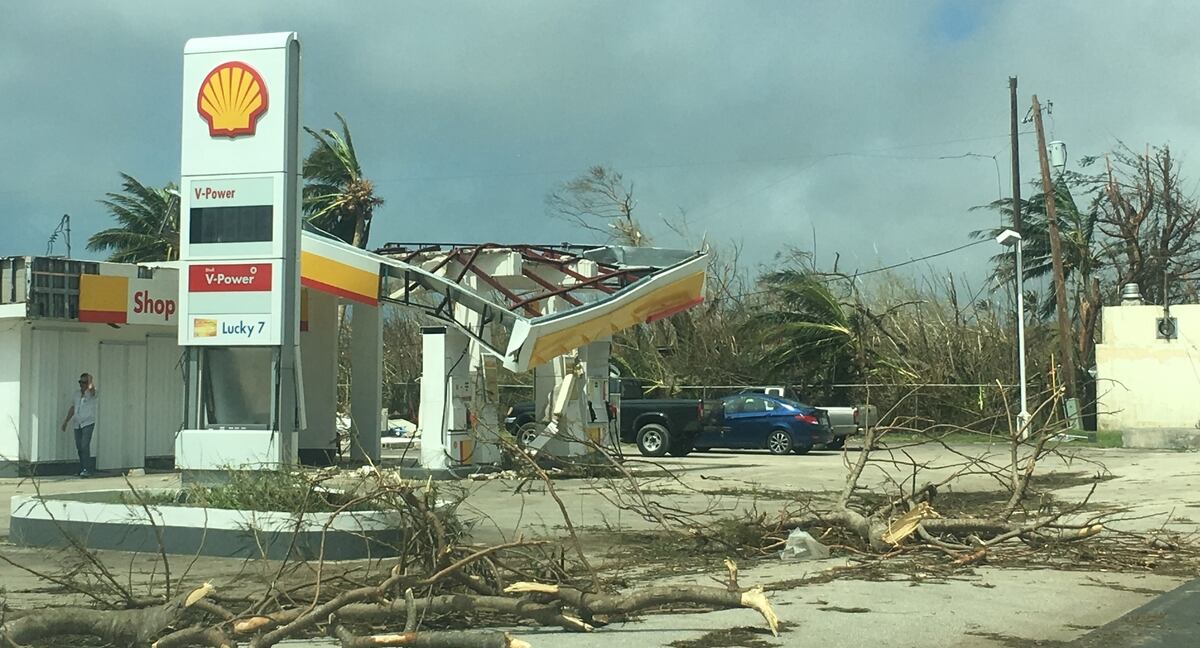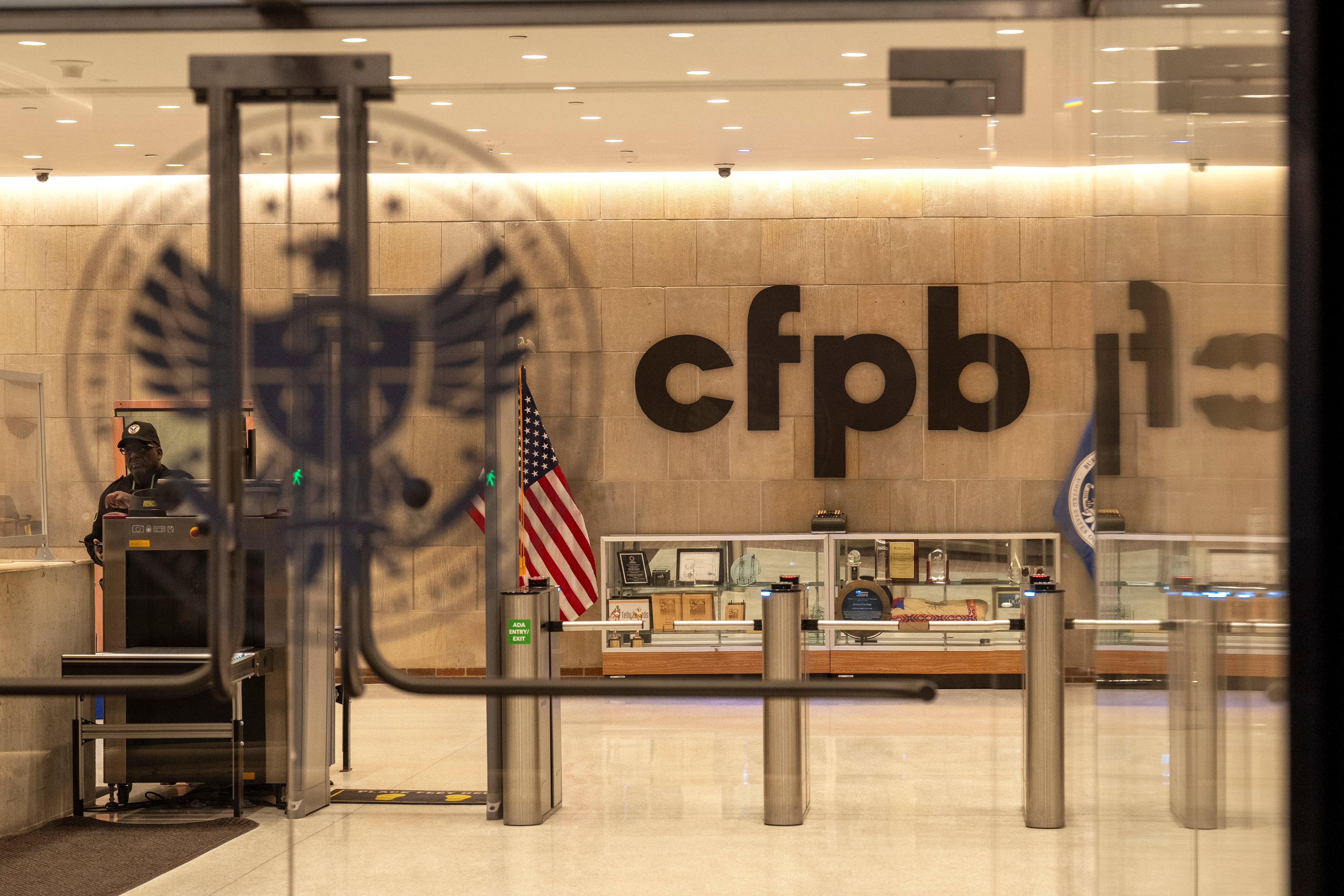The crew from the Coast Guard cutter Kiska sailed to Saipan on Saturday, unloading supplies donated by citizens in nearby Guam to help those left hungry and homeless in the wake of Super Typhoon Yutu.
They joined an ongoing flow of federal aid to the Commonwealth of the Northern Mariana Islands. The Category 5 storm landed direct hits on Saipan and Tinian early Thursday, blacking out power, cutting the tap water to homes now without roofs and carving a path of unworldly destruction that left roadways draped in downed trees. airports closed and trucks flipped over by fierce gusts.
Tinian was battered by sustained winds clocked at 178 miles per hour, making it the most powerful cyclone on record to ever wallop U.S. soil, according to the National Oceanic and Atmospheric Administration.
And it’s not finished. With winds gusting at 196 mph and pushing 55-foot waves, Yutu is about 1,000 miles northeast of Manila, tracking on a west-northwestward collision course with the northern Philippines or Taiwan, according to the Joint Typhoon Warning Center at Pearl Harbor.

“Guam fared fairly well,” said Lt. Cmdr. Karl Lettow, a Joint Region Marianas spokesman, on Wednesday. “There were no reports of significant damage.”
That’s important, Lettow said, because it allowed Guam to quickly become the main staging area for sending aid 128 miles north to Tinian.
“We’re fully mission capable and we’ll support FEMA, the lead agency,” said Lettow. “Helping our neighbors in this part of the world is our most important mission.”
Reached on his cellphone in Saipan, Federal Emergency Management Agency spokesman David Gervino on Friday told Navy Times that the rescue and relief plan was going well.
While Commonwealth first responders concentrated on saving and sustaining lives, FEMA and other federal agencies were toiling to help restore power and water; untangle the ground, sea and air transportation grid; and transport large quantities of food and water to the islands.
Generators were keeping most cellphone towers operating, the radio network for local first responders was working again and a 58-member crew from U.S. Health and Human Services was helping to staff Saipan’s hospital.
Similar teams from the Department of Transportation, the Army Corps of Engineers and the Department of Defense were fanning out across the islands to assess damage, clear debris and get the Commonwealth as close to normal as they can, Gervino said.
There should be plenty of food and water. FEMA counted about 133,000 liters of bottled water and 127,000 packaged meals on nearby Guam before Typhoon Mangkhut slammed into Rota on Sept. 10, but the swift and extensive help from the Navy’s nearby Task Force 76 and its Wasp and Ashland amphibious warships — and the embarked 31st Marine Expeditionary Unit —supplied much of the emergency relief supplies.
Over the next month, the feds nearly doubled the amount of stockpiled food and water on Guam so there’s now a large reserve to transport to Saipan and Tinian.
And there were about 200 federal emergency response workers left over from the Rota relief and now they’re pitching in on the other islands.
“This actually has been a largely seamless process,” Gervino said.

In Guam on Friday, Public Affairs Specialist 3rd Class Amanda Wyrick, a Coast Guard spokeswoman, told Navy Times that an HC-130J Super Hercules long range surveillance aircraft aircraft crew already had flown from Barbers Point in Hawaii and was pitching in over the Mariana Islands by conducting aerial damage assessments.
Coast Guard aircraft, cutters and boats was coordinating closely with Navy units, such as the “Island Knights” of the Guam-based Helicopter Sea Combat Squadron 25, to respond to all requests from FEMA and Commonwealth agencies.
The Air Force already had landed a C-17 Globemaster III transport plane on Saipan, unloading supplies.
The Seabees from Navy Mobile Construction Battalion 1, detachment Guam, are fixing roofs and stabilizing homes on Rota, Tinian and Saipan, officials said.

“That’s the most important thing here, our partnerships,” said Wyrick, who had flown out from Coast Guard District 14 headquarters in Honolulu to help.
The military might be working together for a long time. On Friday, Commonwealth officials told reporters that the islands might be without electricity and running water for months.
Prine came to Navy Times after stints at the San Diego Union-Tribune and Pittsburgh Tribune-Review. He served in the Marine Corps and the Pennsylvania Army National Guard. His awards include the Joseph Galloway Award for Distinguished Reporting on the military, a first prize from Investigative Reporters & Editors and the Combat Infantryman Badge.




